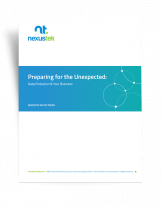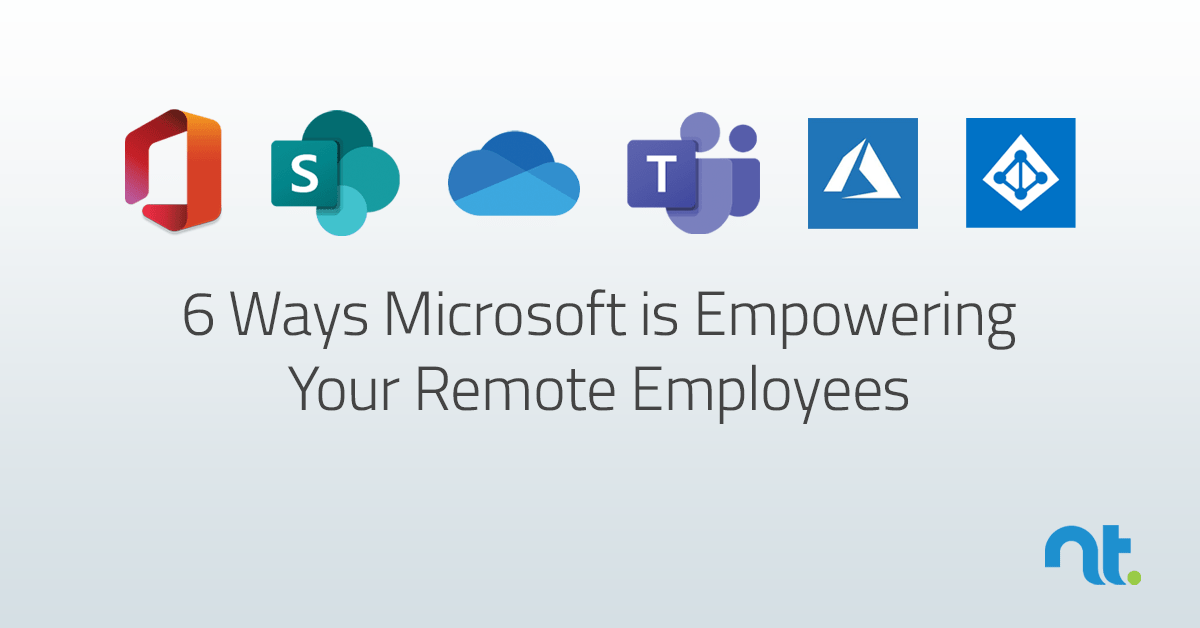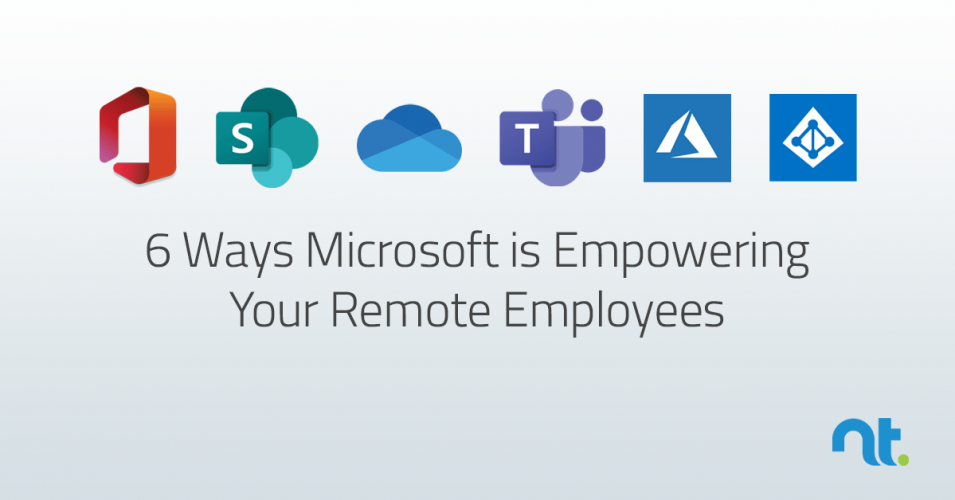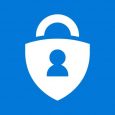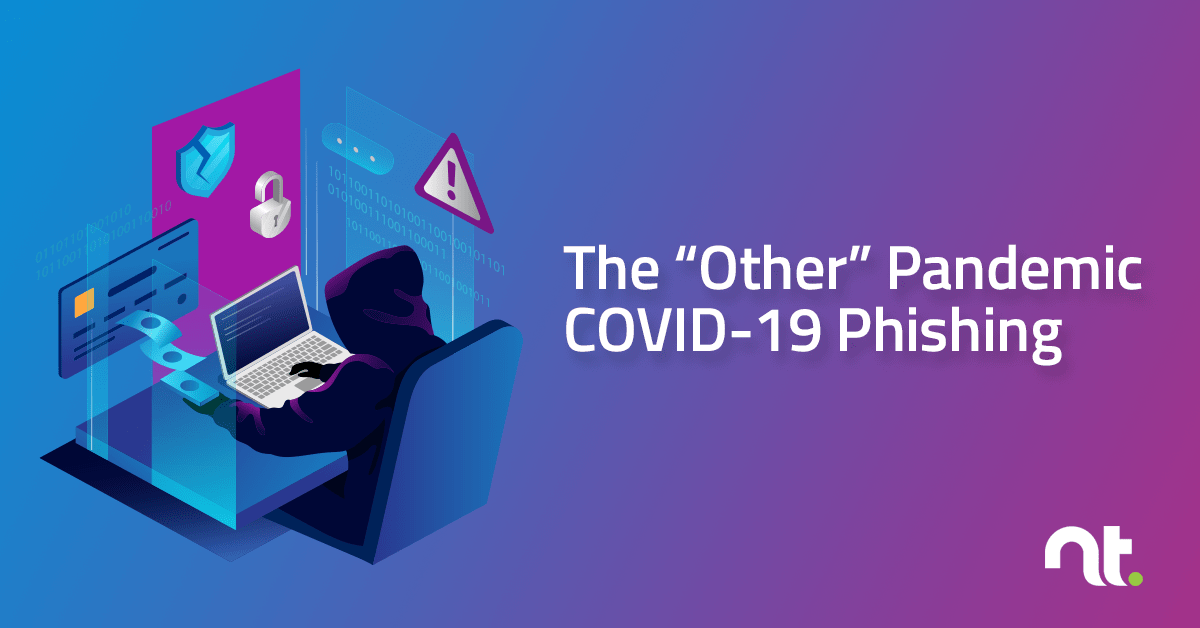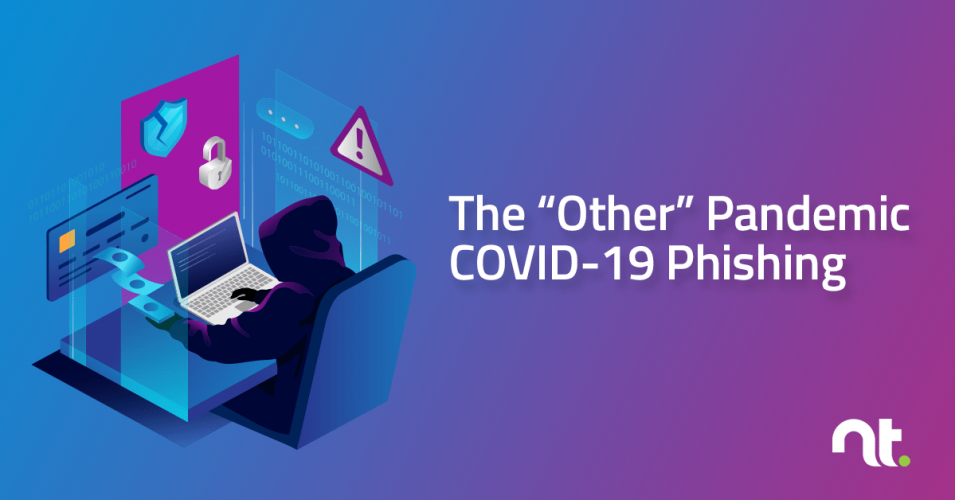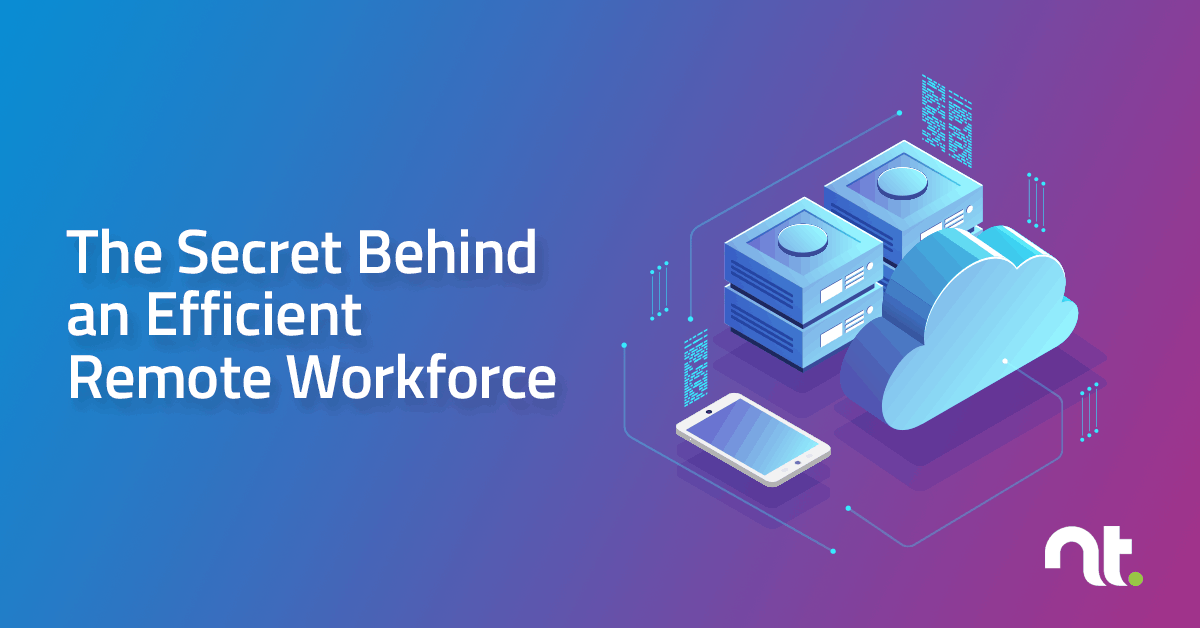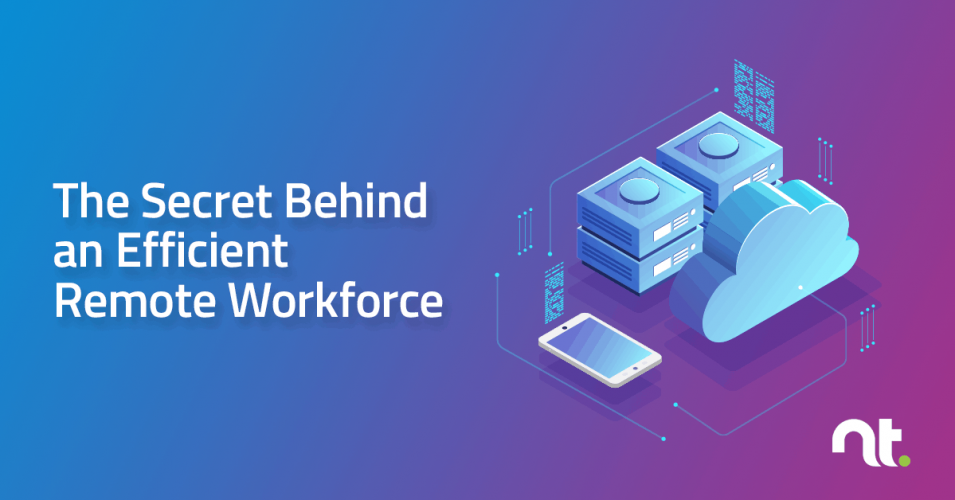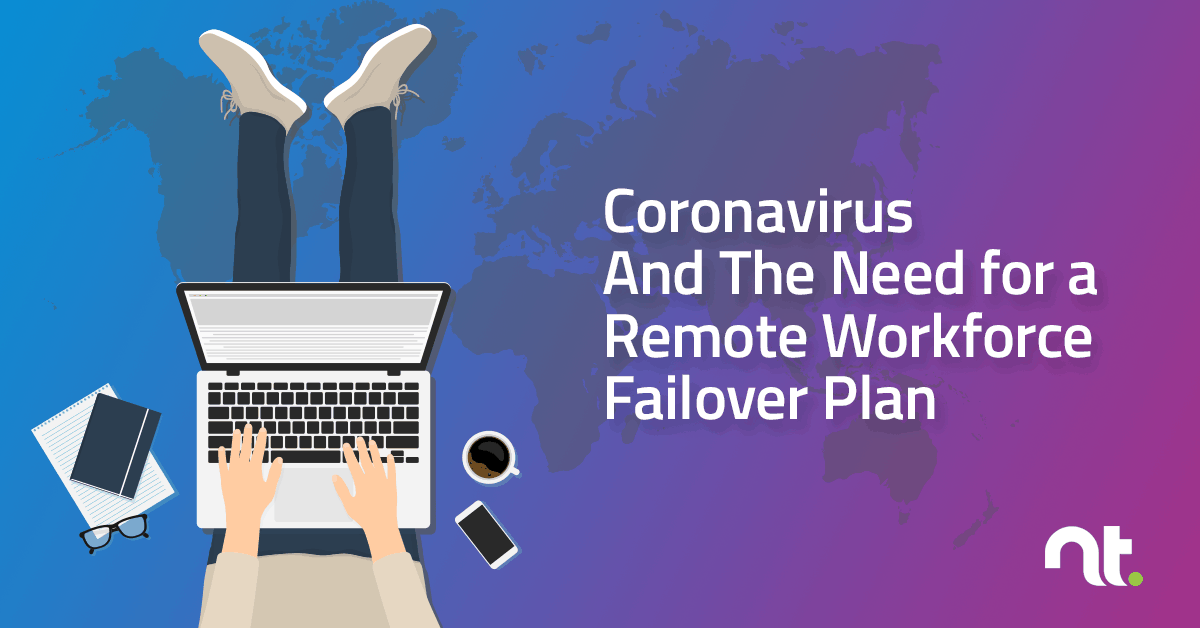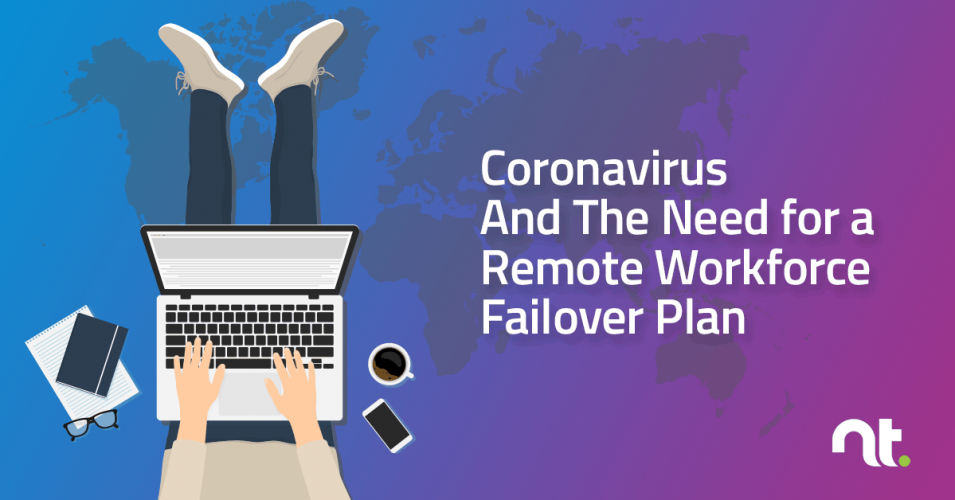READ TIME: 3 MIN
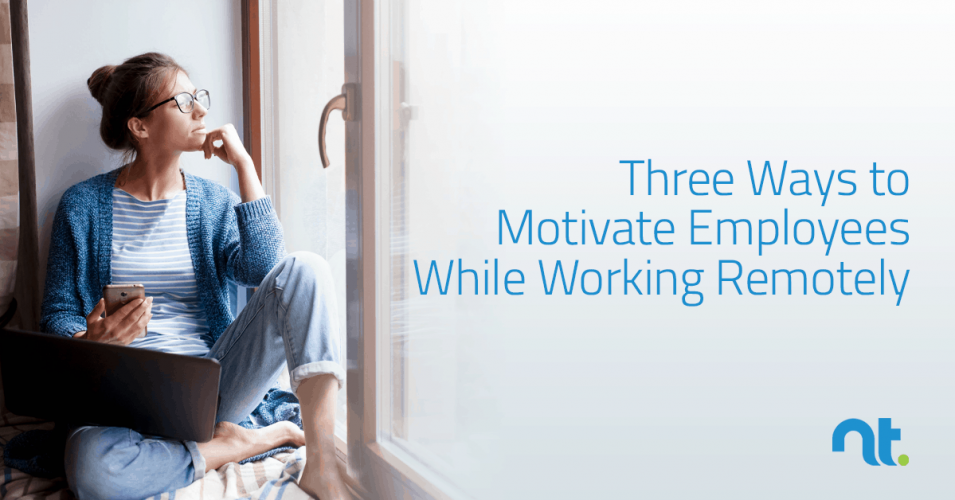
Three Ways to Motivate Your Remote Workforce
With a third of Americans under a “Stay-at-home” order, many workplaces have gone to a complete work-from-home environment. This offers a great opportunity to focus on the positives and make the most from our “remote” predicament.
It’s easy to take for granted the value of having a conversation by the coffee machine or a firm handshake until it is not possible due to social distancing.
There’s good news though, there are a few ways to combat the urge to have interpersonal interaction by using technology. Here are of our favorites at NexusTek:
- Pictures, Pictures, Pictures- During times such as these, remind others of the good times. Send pictures in emails. This can be a (appropriate) joke, pictures of the team, or simply having everyone send a selfie working from home. Who has the most unique work from home setup? Have a contest!
- Microsoft Teams- Using this program allows video conferencing, group chats, and of course- quarantine happy hours. This is a great way to continue to have the office comradery, even when miles apart. Teams also allows file sharing, project communication and many more features. Don’t take our word for it, contact your Account Manager if you do not have teams and would like to utilize its features.
- Identifying and Keeping Core Values in Mind- At NexusTek, one of the ways that we stay motivated is keeping our core values at front of mind. If you haven’t already, now is a great time to create and instill core values to provide motivation for employees while working from home. Having a common goal and thinking of the impact employees make on your clients provides significant motivation to fight the good fight. Make sure that your employees are receiving regular communications from leadership throughout the time of working at home.
At the end of this time of working from home, we can all be thankful for the interactions we get to have on a daily basis at the office, although we must admit that working from your home office (or couch) has its perks. For more ways to make the best experience with working from home, contact us at the link below.

